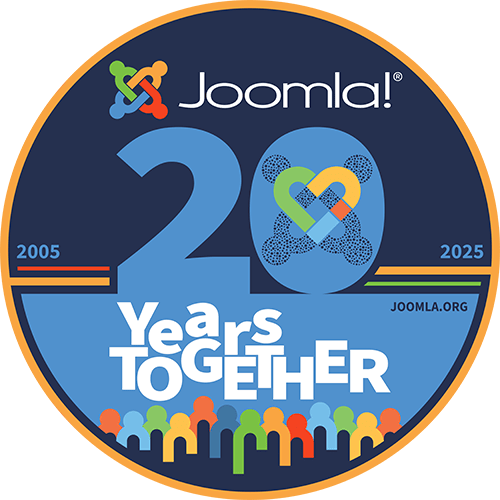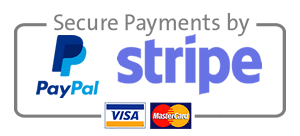| Profiles Layout suffix |
Add a suffix to allow multiple overrides of the same layout. Example if using xyz as suffix and you want to override the generic layout, the override needs to be adp_detail_jfield_generic.xyz.php to be selected as output |
| Site mode |
|
| Bootstrap compatibility | If you are using a Bootstrap template, select which version of Bootstrap your template is compatible with (from 2 to 5). It will ensure the extension outputs the proper classes for the Bootstrap version you are using. The Joomla option loads the Bootstrap version packaged with Joomla (which is the default behavior). All other options WILL NOT load Bootstrap. The extension can function without the Bootstrap framework. Select None |
| Free v5.3 Profiles Show errors |
When getting un-expected output results, show error messages to troubleshoot what the issues may be (mostly useful when showing images) |
| Free Load icon font |
If no icon is used, prevent the loading of the icon fonts when setting to No |
| Profiles Load SYWicon font |
If you are showing in-house icons with prefix SYWicon-, loads the specific icon font for proper showing on the public side of the site. If the icon font is already loaded on the public side of the site, this option will be ignored. Set to 'no' will improve page load if no icons are shown |
| Profiles Joomla 4 Load Font Awesome |
If you are showing icons with prefix fa- or icon-, loads the icon font packaged with Joomla 4. If the icon font is already loaded on the public side of the site, this option will be ignored. Set to 'no' will improve page load if no icons are shown |
6.1+ CSS overrides have moved to the Styles tab.
Auto-hide parameters have moved to the Original Details tab.
Pictures
| Reset pictures | Whether to re-create the image thumbnails every time the page is loaded or not. 'No' will improve server performance once the extension is properly configured and ready for prime time |
| Thumbnail cache path | The path for the thumbnails created (by default, in the media folder under /thumbnails/adp). It is possible to save the files to the temporary folder of the Joomla configuration or the /cache folder (/media/cache under Joomla 4) |
New v5.7 The extension now supports image versioning.
What does that mean for your site?
Image URLs have an additional suffix, a number that represents the version for the extension, like you can find it for stylesheets and scripts. The version number changes if Joomla is in debug mode or if the extension is on test mode. Once in live (production) mode, the version stops being regenerated.
Why adding a version number to image files?
When the version remains the same, browsers keep the same version of the image in their cache. When the number changes, the image is fetched from the server, therefore replacing the cached image. This ensures visitors of your site see the latest changes made to your images.
Header files
| Joomla 4 Lazyload stylesheets |
It is possible to lazy load some stylesheets like icon fonts. It is a feature included in Joomla 4 but it must be supported by the site's template on the public side. You can enable lazy loading for all Simplify Your Web extensions at once and even add support for it if the template does not. To do so, you need to enable the feature in the SimplifyYourWeb extensions System plugin |
| Reset header files | Re-creates the cached stylesheets after style modifications have be made to the plugin or module instances. 'No' will improve server performance once the extension is properly configured and ready for prime time |
Stylesheets are cached in the Joomla core cache
folder. If you need to reset the files without changing this setting, just go to the cache menu in the Joomla administrator console (System -> Clear Cache), select the extension and delete it.
However, it is no longer possible to manually remove the files from the console under Joomla 4, as the files are now cached in the /media/cache folder.
Mobile
Warning Starting with version 5.1, you just need to set this value in the Global Configuration of the component. Setting this value in the plugin or the module instances will override the default global value.
Prior to version 5.1, this is a global feature only found in the plugin. Module instances will get this value by default.
| Breakpoint | The screen size under which the page is considered turning into mobilemode (it uses CSS media queries) |



